Are You Burning More Calories with Higher Cycling Cadence?
Cyclists pay close attention to speed, power output, and heart rate, but cadence is another crucial factor that can influence performance and calorie burn. Cadence refers to how many pedal revolutions you make per minute, and it often shapes how your body uses energy during a ride. Many cyclists wonder whether increasing cadence can help burn more calories or improve efficiency. With advanced smartwatches like the Huawei Watch GT 6 tracking cadence in real time, riders now have clearer data than ever to understand how pedaling rhythm affects calorie expenditure.
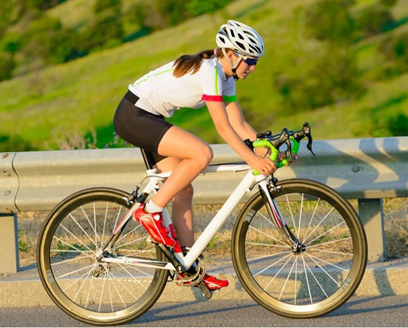
Does Higher Cadence Really Burn More Calories?
Understanding how cadence affects energy use helps cyclists train strategically and avoid fatigue. Here’s what happens when you change your pedaling rhythm.
Higher Cadence Increases Oxygen Demand, Often Leading to More Calorie Burn
When you pedal faster at the same gear, your muscles contract more frequently. This requires additional oxygen, elevating your heart rate. As your cardiovascular system works harder, your energy usage rises, which can increase calorie burn. Smartwatches like the Huawei Watch GT 6 accurately track heart rate alongside cadence to show how changes in pedal rhythm affect your effort. This makes it easier to see when higher cadence cycling contributes to elevated calorie expenditure.
Lower Cadence Burns Calories Through Muscle Load Instead of Cardio Stress
Cycling at a lower cadence in a heavier gear shifts more workload to your muscles rather than your cardiovascular system. Muscle-driven efforts burn calories differently because they rely more on strength and force rather than speed and aerobic demand. Riders may feel greater leg fatigue, while heart rate stays slightly lower than during high-cadence efforts. Both styles burn calories, but high cadence tends to increase heart rate more consistently.
Calorie Burn Depends on Power Output, Not Cadence Alone
Power, the rate at which work is performed, is one of the most accurate indicators of caloric expenditure. If your power output stays the same, calorie burn is similar regardless of cadence. For example, riding at 200 watts at 70 RPM or 90 RPM generally expends similar energy. With Virtual Power on the Huawei Watch GT 6, cyclists can monitor power estimates even without a traditional power meter, helping them understand that calorie burn is tied more closely to sustained effort than pedaling speed.
Higher Cadence Can Reduce Muscle Fatigue on Longer Rides
Sustaining a higher cadence during endurance rides often spreads workload across more muscle groups, reducing the strain on any one area. This can help cyclists maintain consistent power over long distances, indirectly increasing total calorie burn because they can ride longer or maintain pace more effectively. Smartwatch data on cadence trends, heart rate zones, and personalized recovery helps cyclists identify their “sweet spot” cadence for long rides.
Efficiency Matters More Than Raw Speed
Pedaling at very high cadence—above 110 RPM—can reduce efficiency for many cyclists because the body wastes energy stabilizing the pedal stroke. Conversely, very low cadence can lead to excessive muscular fatigue. Most riders find optimal efficiency between 85 and 100 RPM, which balances cardiovascular and muscular load. Smartwatches like the Huawei Watch GT 6 give real-time cadence feedback, supporting riders in maintaining a rhythm that maximizes calorie burn without compromising efficiency.
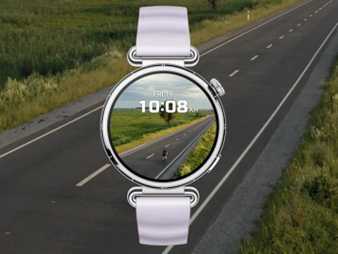
Terrain and Conditions Influence Cadence and Calorie Burn
Climbs lower cadence naturally and increases muscle load, while flats allow riders to spin faster. Wind, surface texture, and bike setup also play roles. With multi-band GPS, barometric elevation, and cadence tracking, the Huawei Watch GT 6 provides a clear picture of how external factors shift calorie burn during different parts of a ride.
Conclusion
Higher cadence can lead to increased calorie burn because it elevates heart rate and oxygen demand, but the overall effect still depends on power output, terrain, and riding intensity. Smartwatches like the Huawei Watch GT 6 help cyclists understand how cadence impacts performance by tracking heart rate, Virtual Power, and pedaling rhythm all at once. By finding the cadence that balances efficiency and effort, cyclists can optimize their calorie burn while maintaining comfort and endurance on every ride.


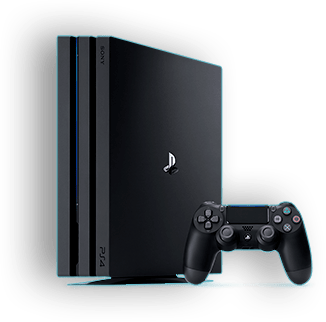
![PAU - [ Altern@tives-P@loises ] PAU - [ Altern@tives-P@loises ]](http://website-google-hk.oss-cn-hongkong.aliyuncs.com/drawing/179/2022-3-2/21584.jpeg)
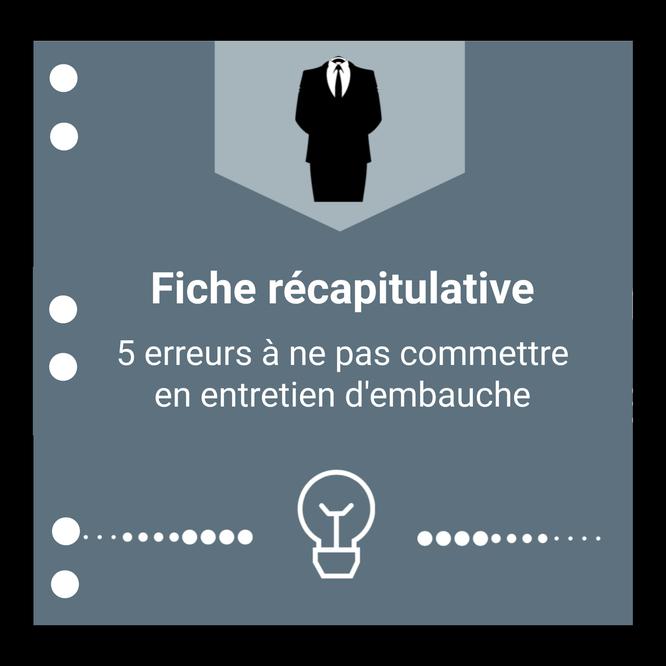
![Good deal: 15% bonus credit on App Store cards of €25 and more [completed] 🆕 | iGeneration Good deal: 15% bonus credit on App Store cards of €25 and more [completed] 🆕 | iGeneration](http://website-google-hk.oss-cn-hongkong.aliyuncs.com/drawing/179/2022-3-2/21870.jpeg)

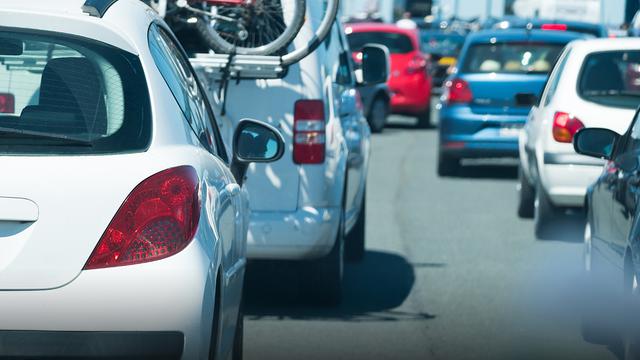



Related Articles